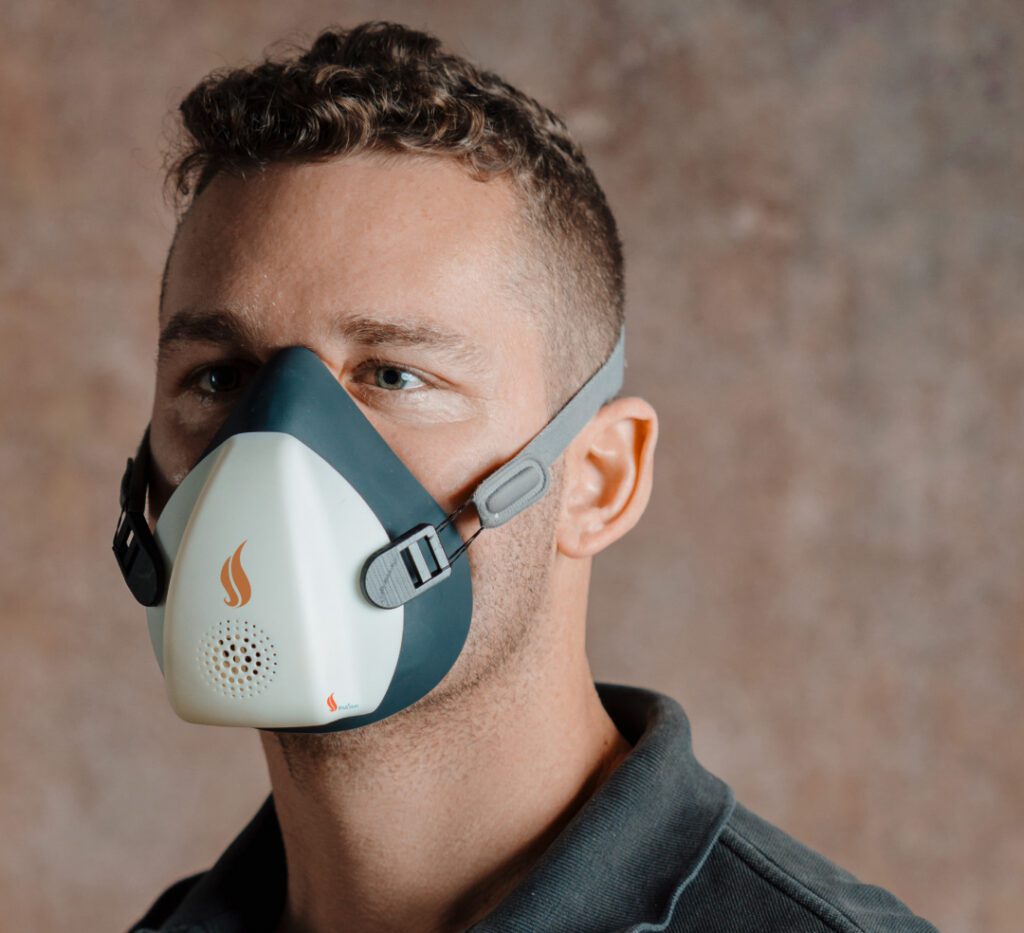The Science
Hyperthermic Science Aids in Fighting the Common Cold
Hyperthermic research studies on treating and preventing rhinovirus infection.
While clinical testing has not been performed specifically with the RHT mask, substantial literature supports the benefits of the provision of warmed, hyperthermic air to the nasopharynx:
- In laboratory studies, the provision of hyperthermic air inhibits viral replication and may enhance local immune response.
- Multiple studies have shown the potential benefits of hyperthermic air provided in a sauna environment.
Hyperthermic research studies on treating and preventing rhinovirus infection.

While clinical testing has not been performed specifically with the RHT mask, substantial literature supports the benefits of the provision of warmed, hyperthermic air to the nasopharynx:
- In laboratory studies, the provision of hyperthermic air inhibits viral replication and may enhance local immune response.
- Multiple studies have shown the potential benefits of hyperthermic air provided in a sauna environment.
A brief history of hyperthermic treatment in rhinovirus infections.
Alpha/Beta prototype development and market launch planning underway.
Market research identifies a large, distinct target market with a high purchase intent.
Prototype R&D completed for airflow and thermal optimization.
Investment by Boomerang VC Fund.
First outside investment into Respiratory Health Technologies (RHT) by angel investors.
A first round of focus group participants are given early version prototypes to try on and test.
Respiratory Health Technologies, Inc (RHT) is formed.
Townsend and Zielinski’s idea for a rhinovirus mask is taken into Boomerang Studio for derisking assessment and business building.
Townsend and M. Zielinski team up with veteran medical-device engineers R. Till to develop early prototypes for applications ranging from general wellness to pre-exposure prophylaxis to at-home care for infections caused by viruses such as rhinovirus.
A study by Kunbootsri N, Janyacharoen T, Arrayawichanon P suggests that sauna bathing improves lung function by improving vital capacity, total lung volume, and forced expiratory volume. 8
Tyrrell, Barrow and Arthur perform a double-blind clinical study on patients with acute nasal and upper respiratory symptoms, concluding that nasal hyperthermia can improve the course of a common cold and give immediate relief of symptoms. 4
Killington, Stott, and Lee discover a restriction of rhinovirus growth occurs at temperatures above 98.6°F (37°C) compared to 91°F. 3
Stott and Heath demonstrate reduced rhinovirus penetration into cells at 98.6°F (37°C) and a 400-fold inhibition of virus production at 102°F (39°C) compared to 91°F 91°F (33°C). 2
André J Lwoff postulates that raising the mucosal temperature to 109°F (43°C) for three periods of 30 minutes at two-hour intervals would block the replication of rhinoviruses and abort common colds. 1
